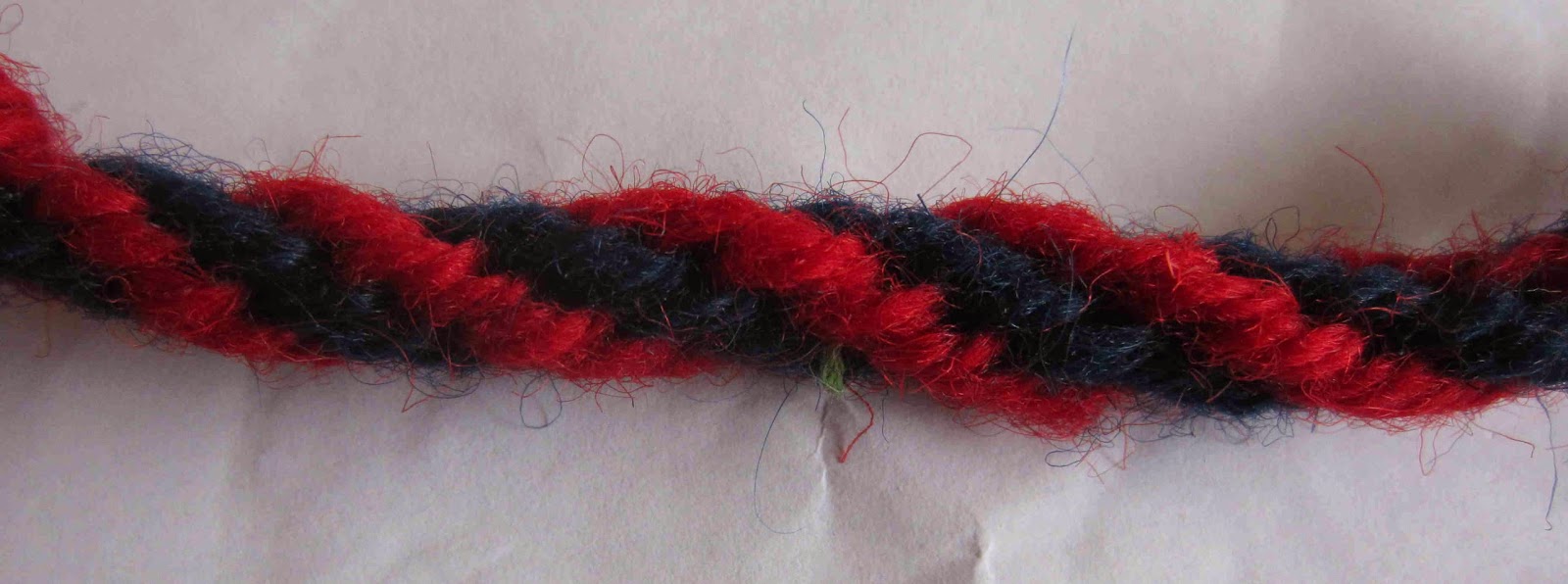As a recap, these are the goals I set myself at the beginning of January:
- dedicate more time to creative activities
- create at least 50 good quality pieces for sale
- find alternative sources for selling my works, including at least 2 craft fairs and improve marketing of my work
- complete my City and Guilds felt making course before August
- post at least once per week
Overall it has been a busy, and I think successful moth:
- The first couple of weeks were almost entirely consumed with my day job going crazy, my awful tenant (soon to be ex-tenant) and a family bereavement, not much room for creativity with all that going on but the last couple of weeks have been much better and I did manage to take one day off work and had a very productive day.
- I've done very well on this goal, making 3 new scarves for my C&G course and 2 more on commission, not to mention various bowls, a pair of slippers and my woven vase.
- I conducted a reconnaissance mission on a craft fair in Guildford that happens 3 times a year last weekend only to find it had been cancelled. On a more positive note I've been much better about posting items on Etsy with 6 new pieces finding their way into listings and half dozen more with photos taken just waiting for me to write something interesting and then of course there is my woven vase that has been accepted to a juried national exhibition, how cool is that?!!
- Little bit behind here, but that is mostly due to my doing 3 times more work than I needed to for my last assignment but it was totally worth the extra effort. I expect to get back on track this month, I should be able to complete this month's assignment in a couple of weekends.
- This was easy, in fact I think blogging has become a bit of a habit for me already, it's a rare day that I don't at least pop in to see if any of the blogs I follow have posted something new.
On the whole a very productive month despite the flaky start.
How was March for you?
How was March for you?


















































